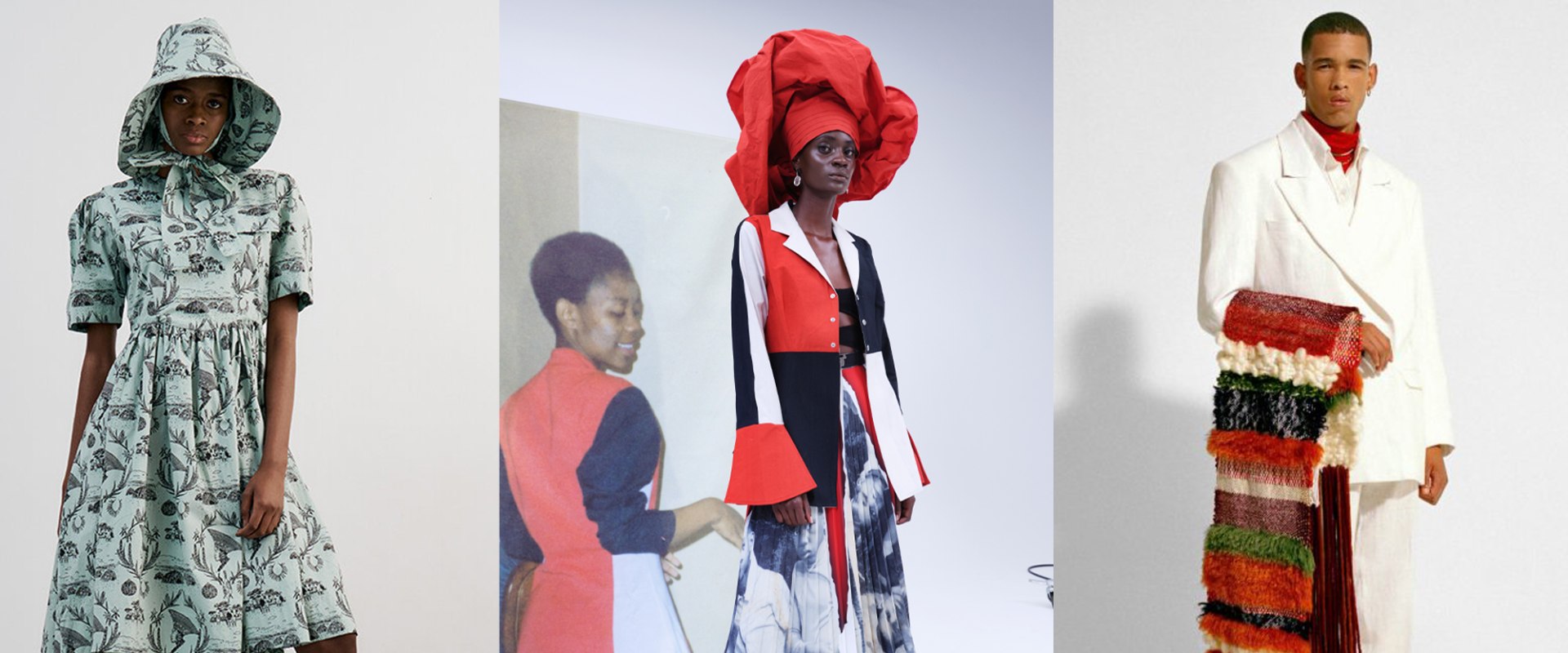Are you a fashion journalist looking for insight into the salary expectations in your field? If so, it is important to understand the salary surveys available and what they can tell you. Salary surveys can provide information on average salaries, job market trends, and even the top-paying companies in the industry. This article will provide an overview of the salary surveys for fashion journalists, and what you need to know.
Salary surveys for fashion journalists
can vary greatly depending on the type of publication they work for and their level of experience. A journalist who works for a large fashion magazine or website can expect to make more than a freelancer who works on individual projects.Additionally, there are other factors that can affect a fashion journalist's salary, such as location, industry experience, and reputation. When it comes to reports and analysis, there are several resources available that can help fashion journalists better understand salaries in their field. The U.S. Bureau of Labor Statistics (BLS) regularly publishes Occupational Employment Statistics (OES) data, which includes information on wages and salaries across different industries. Additionally, many professional organizations offer salary surveys specific to their members or certain sectors within the fashion industry.
For example, The Fashion Institute of Technology (FIT) offers an annual survey for members of the fashion industry that includes information on wages and salaries for various occupations. This survey is helpful for those who are looking to compare salaries across different levels of experience or job titles. Additionally, some publications also publish salary information specific to their industry or region. Finally, online job boards such as Indeed or Glassdoor can be a great resource for gaining insight into what fashion journalists are earning in various parts of the world. By searching through job postings, you can get an idea of the wages being offered by employers in different locations.
This can help you determine if you're likely to be offered a fair wage in the area you're considering working in.
Types of Salaries for Fashion Journalists
Fashion journalism is a competitive field, and salaries for fashion journalists can vary greatly depending on type of job and location. Generally, fashion journalists can expect to receive either freelance or full-time salaries. Freelance salaries for fashion journalists will depend on the number of articles produced, the number of publications the journalist writes for, and the going rate for freelance writers in the area. Freelance writers may also be offered additional compensation in the form of free clothing or other perks.Full-time salaries for fashion journalists may vary significantly depending on the publication and location. Generally, a fashion journalist working in a major city can expect to earn more than one working in a rural area. The size and prestige of the publication will also affect salary levels. In addition to salaries, fashion journalists may also receive additional compensation in the form of bonuses or stock options.
Bonuses are typically linked to performance and typically paid out annually or semi-annually. Stock options are generally tied to the success of the publication, and may be offered as part of a long-term incentive plan.
Location
, publication size, and type of job are all important factors that can affect the salary of a fashion journalist. Freelance writers may have more flexibility in terms of location and pay, but full-time writers may have more stability and better earning potential. Understanding the types of reports and analysis available can also help fashion journalists determine their earning potential.Reports and Analysis
Reports and analysis are essential for fashion journalists to understand the salary potential in their field. Government data, professional organizations, publications, and job postings can provide valuable insight into salary trends. Bureau of Labor Statistics (BLS) offers detailed salary surveys for many industries, including fashion journalism. These surveys provide a comprehensive picture of salary trends in the industry and can be used to compare salaries across different job titles and regions.Professional organizations such as the Fashion Journalists Association (FJA) and the National Association of Fashion Journalists (NAFJ) also provide salary surveys. These organizations often compile data from their members and offer detailed analysis of salaries in the fashion journalism industry. In addition to surveys from professional organizations, publications such as The Fashionista or The Cut can provide valuable insights into salaries in the fashion journalism industry. These publications often cover industry news and trends, and may include salary information for certain job titles.
Finally, job postings can be a great source of salary information for fashion journalists. By browsing job postings in the industry, journalists can get a better understanding of the salaries they can expect to receive for certain positions. Fashion journalism is an exciting field that offers many opportunities for growth and advancement. By understanding the salary surveys for fashion journalists, you can make informed decisions about your career path and ensure that you are being fairly compensated for your work. Through reports and analysis, you can gain valuable insight into the wages being offered in different areas and use this information to negotiate a higher salary or find better job opportunities. With the right knowledge and research, fashion journalists can make the most of their career.
Salary surveys are a great tool to help fashion journalists understand the wages they can expect in their field, as well as the types of reports and analysis available to them. By understanding these surveys and reports, you can make sure you are getting a fair wage for your work and find better job opportunities.











